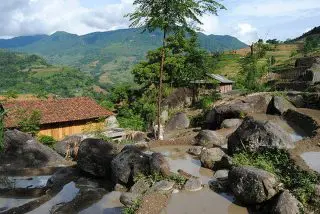
Xin Man, Ha Giang: What Makes This Region Special?
Xin Man district has a complex terrain, located in the upper Chay River mountain range, so it is mainly hills with steep slopes and divided by many streams.
Nestled in the breathtaking landscapes of Ha Giang Province in Vietnam, Pa Vi Village, also known as Pa Vi Ha Cultural Village, is a captivating destination that invites travelers to explore the rich traditions and stunning vistas of the H’mong ethnic community. Located approximately 160 kilometers from Ha Giang city and just 5 kilometers from the heart of Meo Vac town, this village is renowned for its unique architecture and vibrant culture. With 28 households that embrace traditional ways of life, Pa Vi offers an immersive experience into the daily activities, cuisine, and intricate handicrafts of the H’mong people. Whether you’re an adventure seeker or a cultural enthusiast, Pa Vi Village provides a beautifully authentic glimpse into the harmony between nature and human life in northern Vietnam.
One of the most striking features of Pa Vi Village is its architecture, which beautifully reflects the traditional style of the H’mong community. The houses are constructed using local materials such as mud, wood, and bamboo, creating rustic yet functional living spaces. Visitors to the village can observe traditional walled houses that have stood the test of time, each one narrating a story of culture and resilience. This architectural style not only serves as shelter but also as a testament to the craftsmanship and artistic expression of the H’mong people.
When exploring the village, you’ll notice the importance of using locally-sourced materials. The mud walls provide insulation and stability, while the wood and bamboo structures exemplify sustainable practices that have been passed down through generations. Moreover, these homes are often adorned with colorful textiles and traditional decorations that showcase the intricate embroidery and weaving skills of H’mong women. It’s a sight that evokes a sense of nostalgia, as if stepping back into a different era, where life moves at a leisurely pace, intertwined with age-old customs.
The lifestyle of the H’mong people is intrinsically linked to their cultural practices. Many households engage in agricultural activities, cultivating rice in terraced fields that cascade down the hillsides. These fields not only provide sustenance but also create stunning landscapes, especially during the golden harvest season when the rice plants sway gently in the breeze. The combination of vibrant green terraces and mountainous backdrops forms an enchanting visual tapestry that leaves a lasting impression on visitors.
Pa Vi Village is blessed with breathtaking natural beauty that adds to its allure. Characterized by rich greenery, terraced rice fields, and magnificent mountain ranges, the area is a paradise for nature lovers and photographers alike. The nearby Nho Que River meanders through the landscape, offering stunning views and opportunities for adventure. Visitors can engage in activities such as trekking, where they can traverse the scenic Ma Pi Leng Pass, renowned for its captivating panoramas.
The best time to visit this enchanting village is between September and April. During this period, the rice fields transform into a sea of golden hues, and the iconic buckwheat flowers bloom, blanketing the hillsides in shades of pink and white. This natural spectacle attracts numerous photographers and tourists who wish to capture the beauty of the changing seasons. Furthermore, the crisp air and vibrant flora create the ideal environment for exploring the village’s lush surroundings.
For those who seek tranquility and a connection with nature, Pa Vi Village offers an opportunity to step away from urban chaos and immerse oneself in a world where the beauty of nature reigns supreme. The harmonious relationship between the H’mong people and their environment is both inspiring and humbling, reminding visitors of the importance of preserving such landscapes for future generations.
Visitors to Pa Vi Village are captivated not only by its stunning scenery but also by the chance to engage directly with local culture. The village is a hub for traditional tourism, where travelers can experience the authentic customs of the H’mong people. Activities include exploring traditional homes that showcase everyday life, tasting local delicacies, and shopping for exquisite handicrafts that embody the artistic spirit of the community.
Local cuisine is a vital aspect of the H’mong experience, featuring unique dishes that reflect the ingredients and cooking methods of the region. Traditional meals often include staple foods such as sticky rice, grilled meats, and various vegetable dishes seasoned with local spices. Participating in a cooking class or enjoying a meal with a H’mong family allows guests to appreciate the culinary richness of this culture while fostering a deeper connection with the community.
Furthermore, community festivals play an integral role in showcasing H’mong traditions. These events often highlight local music, dancing, and crafts, providing visitors with an unforgettable glimpse into the vibrant social life of the village. Travelers are encouraged to participate actively in these celebrations, which creates opportunities for cultural exchange and mutual understanding between visitors and residents.
Homestay options in Pa Vi Village add another layer to the experience, as they allow travelers to enjoy warm hospitality while immersing themselves fully in the H’mong way of life. Staying with a local family not only provides insight into daily routines but also fosters meaningful relationships that can enrich the travel experience. This unique approach to accommodation represents the essence of rural tourism and promotes sustainable travel practices within the community.
Reaching Pa Vi Village is an adventure in itself. Most travelers begin their journey by traveling to Ha Giang City, where they can find various transportation options, including buses and motorbike rentals. Once in Ha Giang, visitors typically proceed to Meo Vac, which serves as a gateway to Pa Vi. The drive from Meo Vac to Pa Vi is relatively short, just about 5 kilometers, but it offers scenic views that prepare travelers for the cultural riches that await them in the village.
For those opting for motorbike travel, the winding roads offer an exhilarating ride with stunning landscapes at every turn. It’s advisable to exercise caution, as the navigation may be challenging for first-time riders. Alternatively, hiring a local guide can enhance the experience, as they provide not only transportation but also valuable insights into the sights along the way.
Thus, in planning a trip to this picturesque village, consider the transportation options that best suit your comfort level and preferences. Whether you choose to drive, ride a motorbike, or take a local bus, each method of travel presents its charm, making the journey just as rewarding as the destination itself.
| Category | Details |
|---|---|
| Location | Pa Vi Commune, Meo Vac District, Ha Giang Province, Vietnam |
| Distance from Ha Giang City | Approximately 160 kilometers |
| Architectural Style | Traditional H’mong houses made of mud, wood, and bamboo |
| Village Size | 46,000 square meters, home to approximately 28 households |
| Main Attractions | Terraced fields, Ma Pi Leng Pass, Nho Que River, H’mong culture |
| Best Time to Visit | September to April (harvest season and buckwheat flower bloom) |
| Activities | Exploring homes, traditional cuisine, handicrafts, festivals, homestays |
In conclusion, Pa Vi Village is more than just a destination; it’s a journey into the heart of H’mong culture and an opportunity to witness the breathtaking beauty of Northern Vietnam. Those who venture to this remote part of the country will leave with cherished memories, enriched knowledge, and a profound appreciation for the harmonious coexistence of nature and culture. Embrace the spirit of Pa Vi Village, where every moment is an invitation to connect with the genuine essence of Vietnamese heritage.

Xin Man district has a complex terrain, located in the upper Chay River mountain range, so it is mainly hills with steep slopes and divided by many streams.
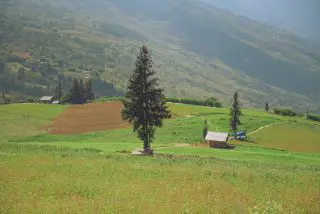
Venture into the untamed beauty of northern Vietnam with Vietnam Treasure and discover the magic of Suoi Thau Steppe. This captivating landscape offers a unique blend of cultural immersion and breathtaking natural scenery far from the bustling tourist trails.
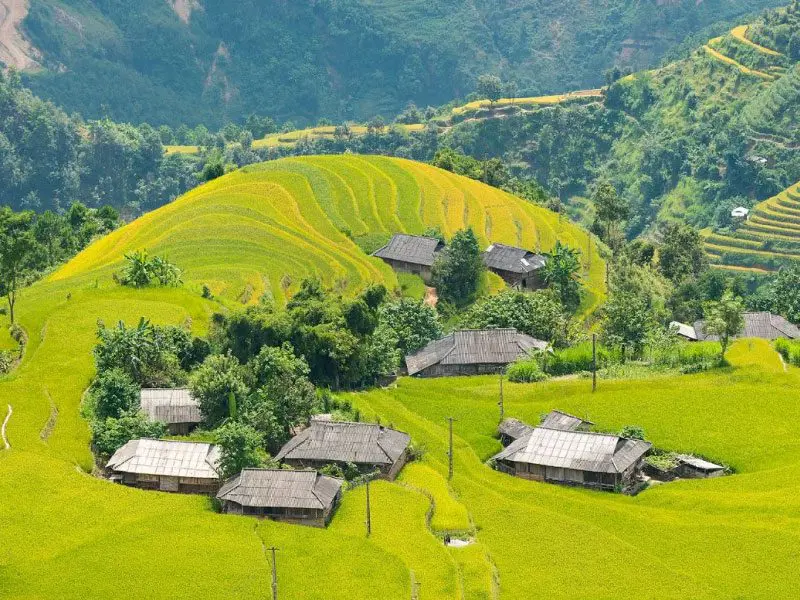
Nestled high in the mountainous region of Ha Giang, Phung Village (Ban Phung) is a hidden gem offering a glimpse into the authentic beauty and culture of Northern Vietnam.
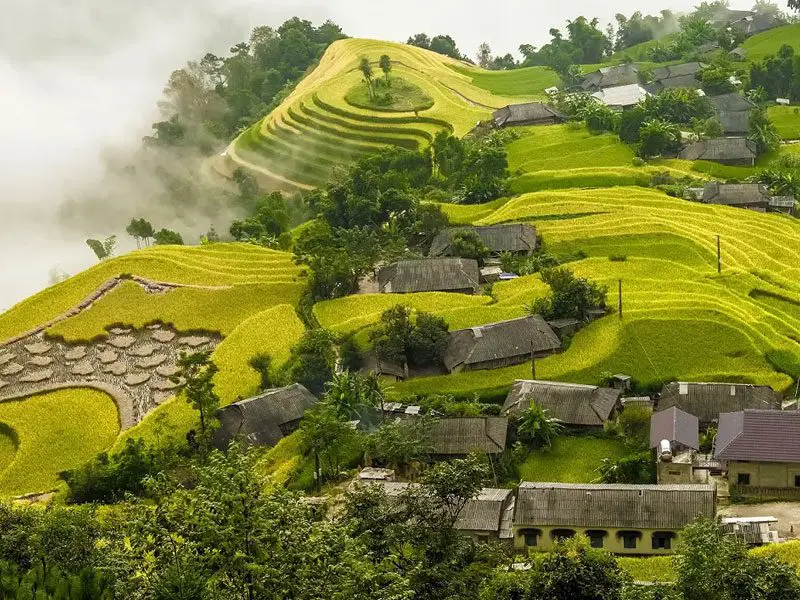
Stop at Thong Nguyen Village, and you will discover amazing beauty. This is a rugged and difficult mountainous area. Many people may think that nothing is interesting here. Join Vietnam Treasure to discover the beauty of Thong Nguyen Village.
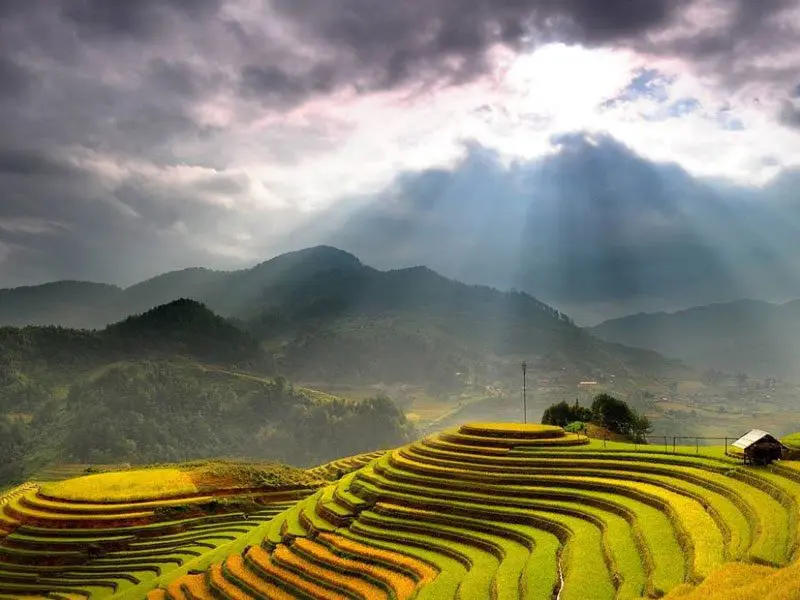
Its name, Hoàng Su Phì or Hoàng Thụ Bì, means “the yellow bark” in the Hmong language. It indicates the woods of weeping cypress, which is a local specialty.
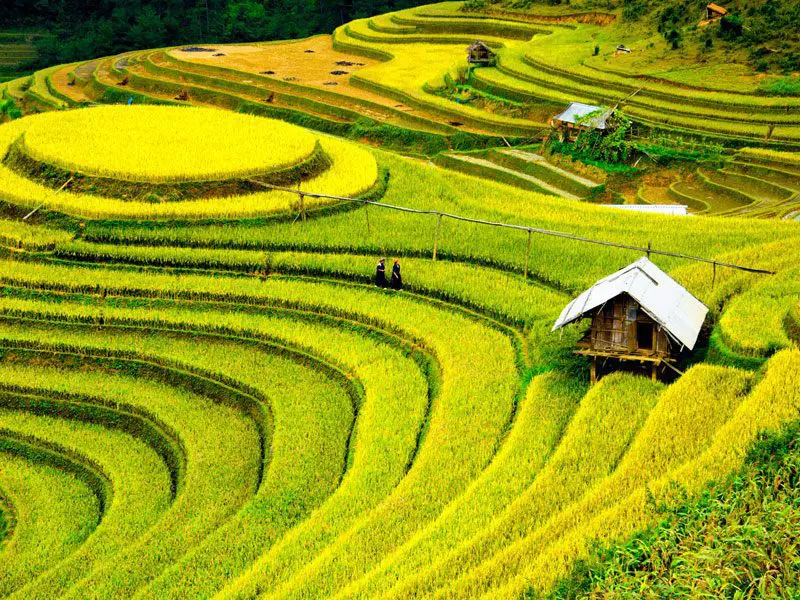
Hoang Su Phi terraced fields possess an undeniable charm, creating a mesmerizing scene—journey to Ha Giang with Vietnam Treasure to witness the brilliant golden rice harvest season. Although present in many countries, especially in Southeast Asia, terraced fields in Vietnam are deeply associated with the traditional agricultural activities of many ethnic groups in the northern mountainous region, such as the H’Mong, Dao, Nung, La Chi and Ha Nhi.
Tu San Canyon (Mèo Vạc district), the deepest canyon in Vietnam. It has a depth of about 800 m, a length of 1.7 km, and cliffs that slope 70° to 90°.
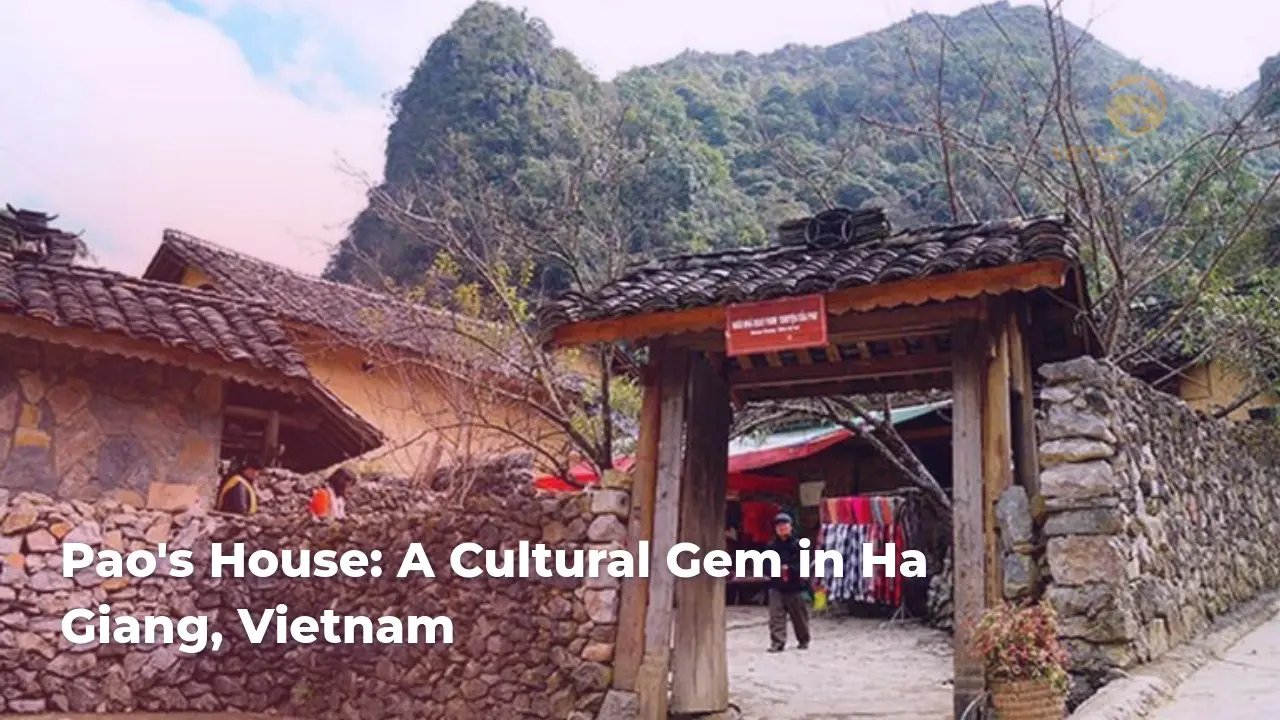
Discover the charm of Pao’s House, Ha Giang. Dive into local culture and scenic beauty. Plan your adventure now!
Copyrights @2025 Vietgo Travels. Terms and Conditions Privacy Policy
Hotline
+84 855 452 888 (Viet Nam) / +1 (206) 665 3090 (US)
Email: [email protected]
Website: www.vietgotravels.com
Head Office:
No. 23 Lo Su Street, Hoan Kiem District, Ha Noi, Viet Nam.
Viet Nam’s branch:
No. 35 Hang Quat Street, Hoan Kiem District,
Ha Noi, Viet Nam.
US:
831 41st Pl, Everett, WA 98201, USA